The Secret Behind a Perfect Espresso Shot
If you’ve ever been blown away by the rich, smooth crema and bold flavours packed into a perfect shot of espresso, you already know specialty coffee beans matter a lot. Moreover, different beans bring out different tastes, aromas, and textures in your cup. However, sorting through what’s out there can get overwhelming, especially with all the buzzwords like single origin and washed process. Fortunately, I’m going to break it all down based on my hands-on experience, digging into roasting styles, and plenty of very caffeinated mornings spent pulling espresso shots at home.
Why Espresso Beans Are Different (And Why It Matters)
Espresso isn’t just strong coffee. In fact, it’s made with a unique process that extracts a lot of flavour in seconds. Therefore, because espresso has such a short brew time, the beans need to deliver big flavours quickly. As a result, the right specialty coffee beans can totally change your espresso experience. Consequently, the balance between acidity, sweetness, and bitterness is super important here.
I’ve tasted espresso that was too sour, too bitter, or just kind of flat. However, the best espresso beans bring out beautiful notes like dark chocolate, caramel, cherry, or even blueberry, while still holding up well to the pressure and heat. Factors like roast level, origin, and grind all make a difference, so I’ll cover what to look for and a few of my personal favourites.
What Makes Great Espresso Beans
Key Things to Look For When Buying Espresso Beans
Every batch of beans is different, but there are a few things I always pay attention to when picking coffee for espresso:
-
Roast Level: Medium to dark roasts are most common for espresso, giving that rich, full body. Lighter roasts can work, but they usually need more dialling-in and give brighter, fruitier shots.
- Freshness: Beans really pop for espresso between one and four weeks after roasting. Too fresh, and you might get harsh flavours. Too old, and crema, the golden foam layer, falls flat.
-
Origin & Processing: Single origin beans highlight unique flavours from one farm or region. Blends can smooth out extremes and add balance. As for processing, washed coffees often give clean, crisp shots, while natural processed beans lean sweeter and heavier.
-
Bean Quality: Speciality grade beans, grown and processed with care, avoid most defects. This means fewer odd flavours once water hits your finely ground puck.
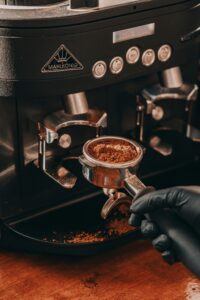
My Top Picks: Best Specialty Coffee Beans for Espresso
I’ve tried countless bags from big names and quirky micro-roasters. While taste is personal, a few options have honestly stood out for their balance, reliability, and outright deliciousness.
- Audley Espresso Beans: (See product here)
These beans are designed for all machines, however a big favourite for home use are the Sage Espresso Machines (worth checking out here). Audley is crafted for the coffee drinker who wants power without compromise. If your mornings call for a strong cup that cuts through the noise and sets the tone for the day, Audley won’t let you down. It’s ideal for those who enjoy their coffee black and intense, but it also holds its own when paired with milk, giving a creamy richness without losing strength.
- ANT Espresso Blend: (See product here)
If you’re the kind of coffee drinker who loves depth, intensity, and a cup that truly makes a statement, our Ant Blend is made with you in mind. This espresso blend has been carefully crafted for those who seek out full-bodied complexity, bold flavours, and a coffee experience that lingers long after the last sip.
Ant is for the espresso purist who appreciates balance without acidity, and for the latte lover who craves richness over sharpness. It’s the blend you turn to when you want a coffee that’s both versatile and memorable, equally at home in your morning cappuccino as it is in an afternoon macchiato.
Exploring Single Origin and Unique Espresso Flavours
- Single origin Brazil (Micro Lot):
Brazilian beans shine for espresso, especially if you like a nutty, chocolatey shot with low acidity. I keep coming back to naturally processed lots from Brazil. They’re reliable, forgiving, and work beautifully for people who are still getting the hang of dialing in grind size and shot time. One recommendation would be to check out this Parrot Brazilian coffee.
- Washed Ethiopian Yirgacheffe, Jojo (see product here)
If Ant is bold and Audley is strong, then JoJo is where coffee gets playful. This blend is our tribute to the vibrancy of Ethiopian coffee, showcasing all the unique and complex flavours that make Yirgacheffe beans world-renowned. Roasted to a smooth medium, JoJo bursts with fruity, winy, and sweet notes that dance on the palate. Expect layers of citrus brightness, hints of berry sweetness, and even delicate floral whispers that set it apart from the deeper, chocolate-driven coffees in our range. It’s complex, it’s surprising, and it’s a true journey in every sip.
How to Choose: The Espresso Bean Buying Guide
Wading through options at your local roaster or online shop can be a lot. Fortunately, here’s how I zero in on what I want:
- Decide on Flavour Style: Are you after chocolate and nuts, or fruit and flowers? Beans from Brazil, Colombia, and Sumatra skew chocolatey. Ethiopia, Kenya, and Central America give fruit and zippy acidity.
- Pick Your Roast: If it’s your first time dialling in espresso, medium to dark is safer. It’s harder to mess up the extraction and you get reliable crema. If you’re curious about lighter roasts, try half-bags, you might love the extra brightness once you dial it in!
- Single origin vs. Blend: Blends are often built for consistency and balance; single origin beans showcase unique flavours but sometimes swing more wildly from bag to bag. Both can be awesome.
- Stick With Fresh Beans: Look for roast dates, not just expiry dates. Beans start to lose flavour fast after a month. Only buy what you’ll use in a few weeks.
- Check For Advice: Local roasters, baristas, and online coffee communities have tons of tips and real world reviews. Don’t be shy. People love to share their passion and help others track down good coffee.
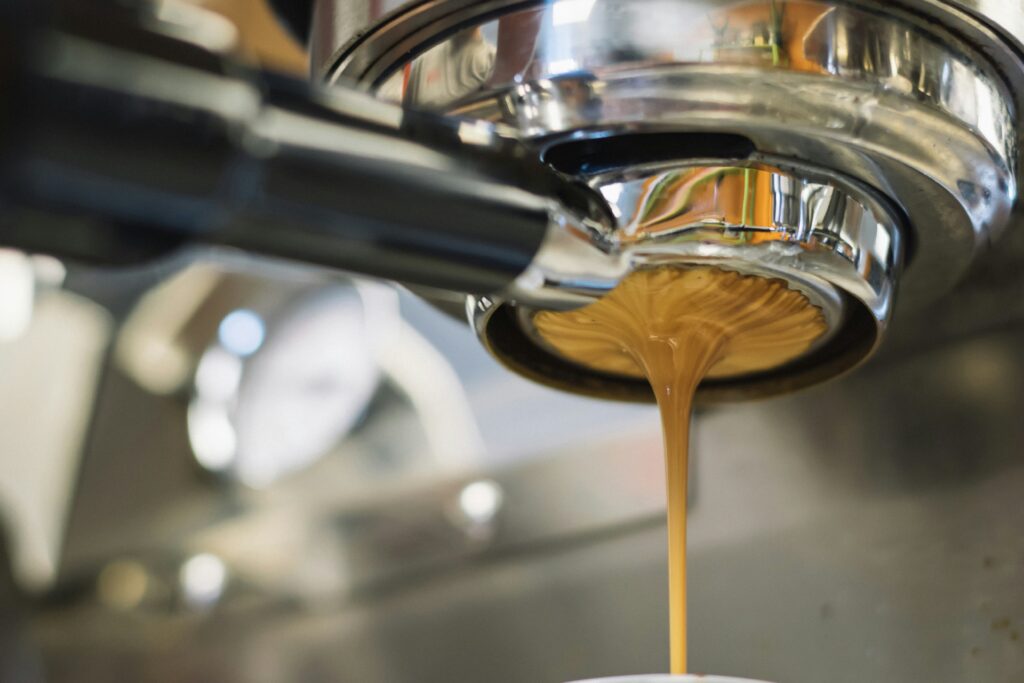
Getting the Most Out of Your Specialty Beans
So you’ve picked your beans, and now comes the fun (and sometimes frustrating) part: pulling the best shot. Here are my favourite tricks that make a real difference:
- Grind Size and Consistency: Espresso needs a fine, even grind. Otherwise, an inconsistent grind gives you uneven extraction with harsh or flat tastes. Burr grinders are pretty handy here. Blade grinders struggle to keep things consistent.
- Dosing: Stick to the recipe on your machine or follow what’s on the bag as a starting point. More coffee and a finer grind usually make shots slower, and vice versa.
- Tamping: Even, firm tamping helps water move evenly through the puck. Uneven tamping can give you a sour or bitter shot with “channelling” (watery, weak spots).
- Temperature: Espresso pulls best between 90°C and 96°C (195/205°F). Too cold, and you get sour notes. Too hot, and things get bitter.
- Coffee to Milk Ratio: Some beans taste awesome straight, others pop with milk. Try the beans both as espresso and in a flat white or cappuccino to see what flavours you like best.
Common Mistakes (And How to Fix Them)
Even after years of making espresso, I still mess up. Here are a few things I wish I’d known sooner:
- Sour Or Bitter Shots: This is usually down to grind, temperature, or dose. If it’s sour, try a finer grind or higher temperature. If bitter, go coarser or lower temp.
- Not Cleaning Equipment: Old oils and coffee residue totally tank flavour. Rinse, wipe, and backflush machines regularly.
- Ignoring Water Quality: Espresso is over 90% water! If your tap water tastes weird, so will your coffee. Try filtered or bottled water and see if it doesn’t make your espresso taste way better.
Ways to Take Up Your Espresso Game a Notch
Once you’ve dialled in the basics, here are some fun ways to keep things interesting:
- Milk Texturing: Practice getting silky micro foam for lattes and cappuccinos. The right texture lets flavours shine instead of getting buried under stiff bubbles.
- Explore New Origins: Try beans from Uganda, Papua New Guinea, or experimental lots from established regions. It’s a great way to expand your palate.
- Mess With Brew Ratios: Adjust the amount of coffee, water, or time for different styles (like ristretto or lungo) to experience whole new flavour profiles.
- Develop a Coffee Journal: Jot down quick notes on the beans you try, the extraction settings, and tasting notes. Over time, you’ll build up a log that helps you spot patterns and remember your favourites, making every espresso session a chance to learn and improve.
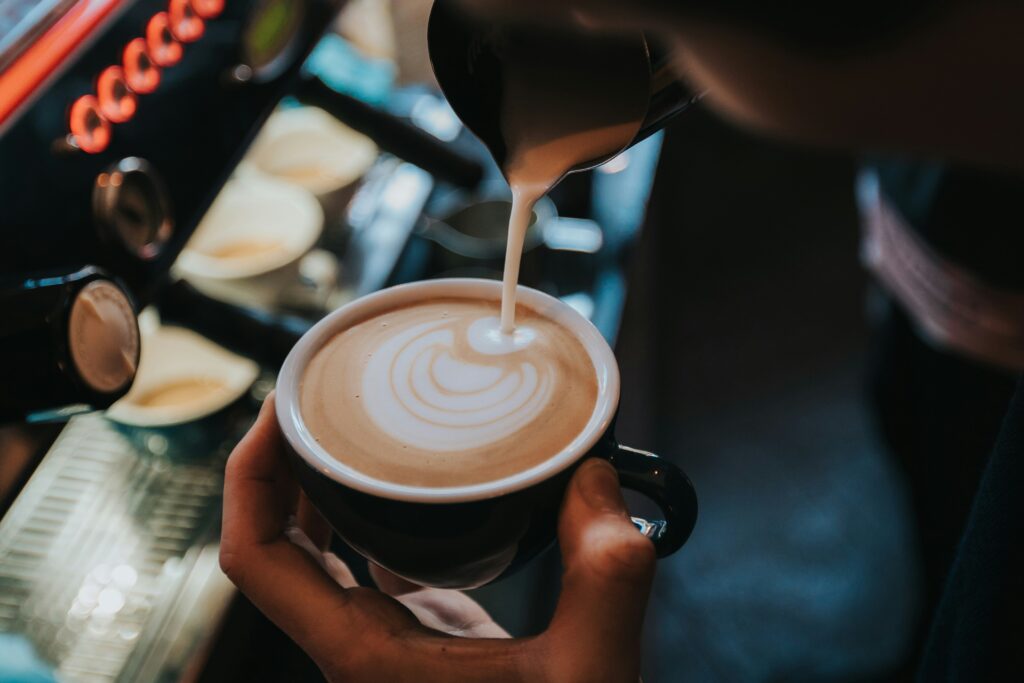
FAQ: Your Espresso Bean Questions Answered
Q: Can I use any coffee beans for espresso?
Freshly roasted, specialty grade beans are best. You can technically use any coffee, but beans tailored for espresso give you better balance and texture, especially in crema.
Q: How should I store my espresso beans?
Keep beans in an airtight, opaque container, away from heat, light, and moisture. Avoid the fridge or freezer; moisture is the real enemy here.
Q: Is single origin or blend better for espresso?
Both have their fans. Blends tend to be more forgiving and balanced, while single origins offer bolder, unique notes. Try a few and see what you enjoy most!
Wrapping Up
Espresso is an adventure, and specialty coffee beans open up a world of flavours. Don’t be afraid to experiment, try bags from your local shop or recommended roasters, and tweak your recipe until you hit that sweet spot. Owning the right machine, like the Sage Espresso Machine (check it out here), paired with quality beans like Audley or ANT, helps you get the best out of every shot. Trust your taste buds and have fun discovering new favourites!



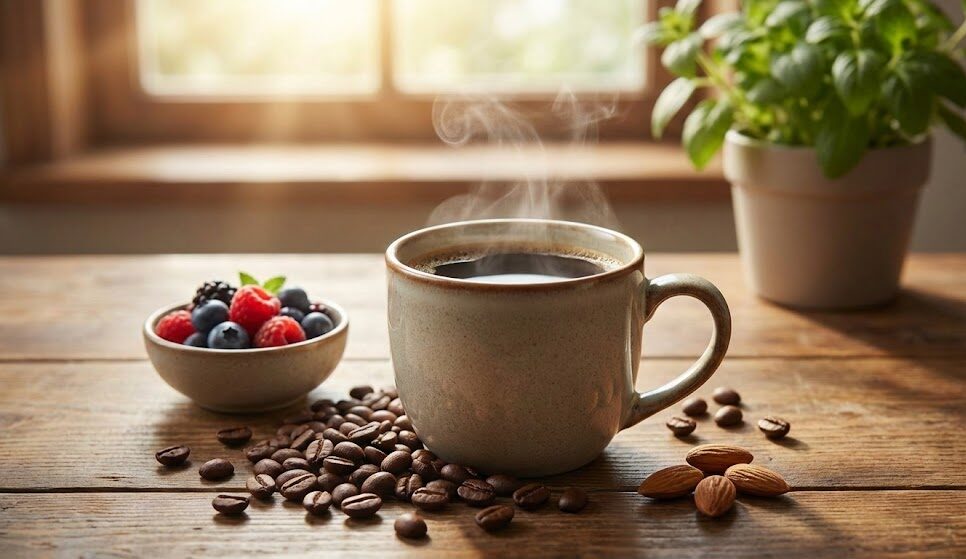
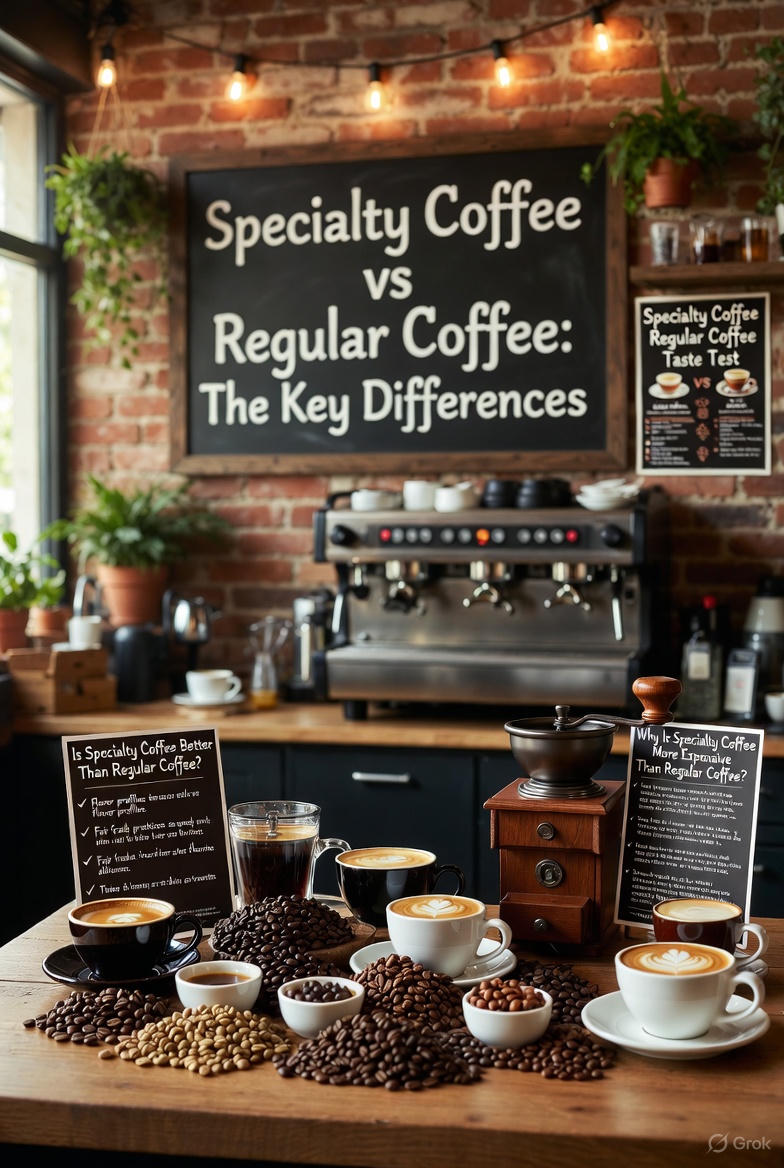

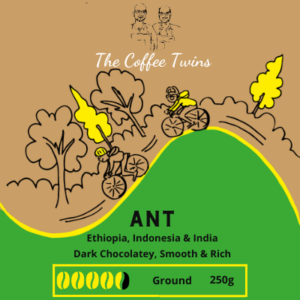

0 Comments